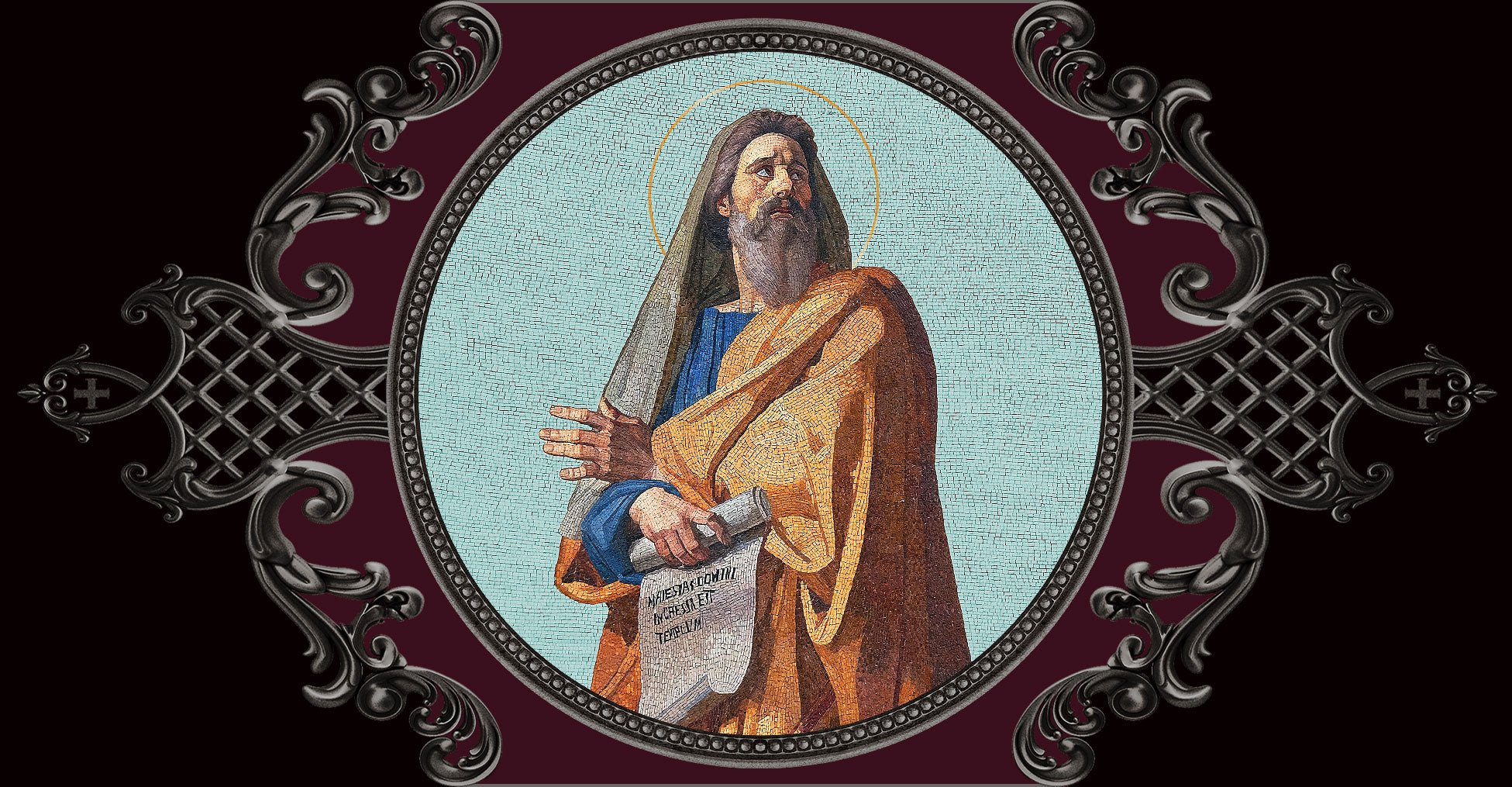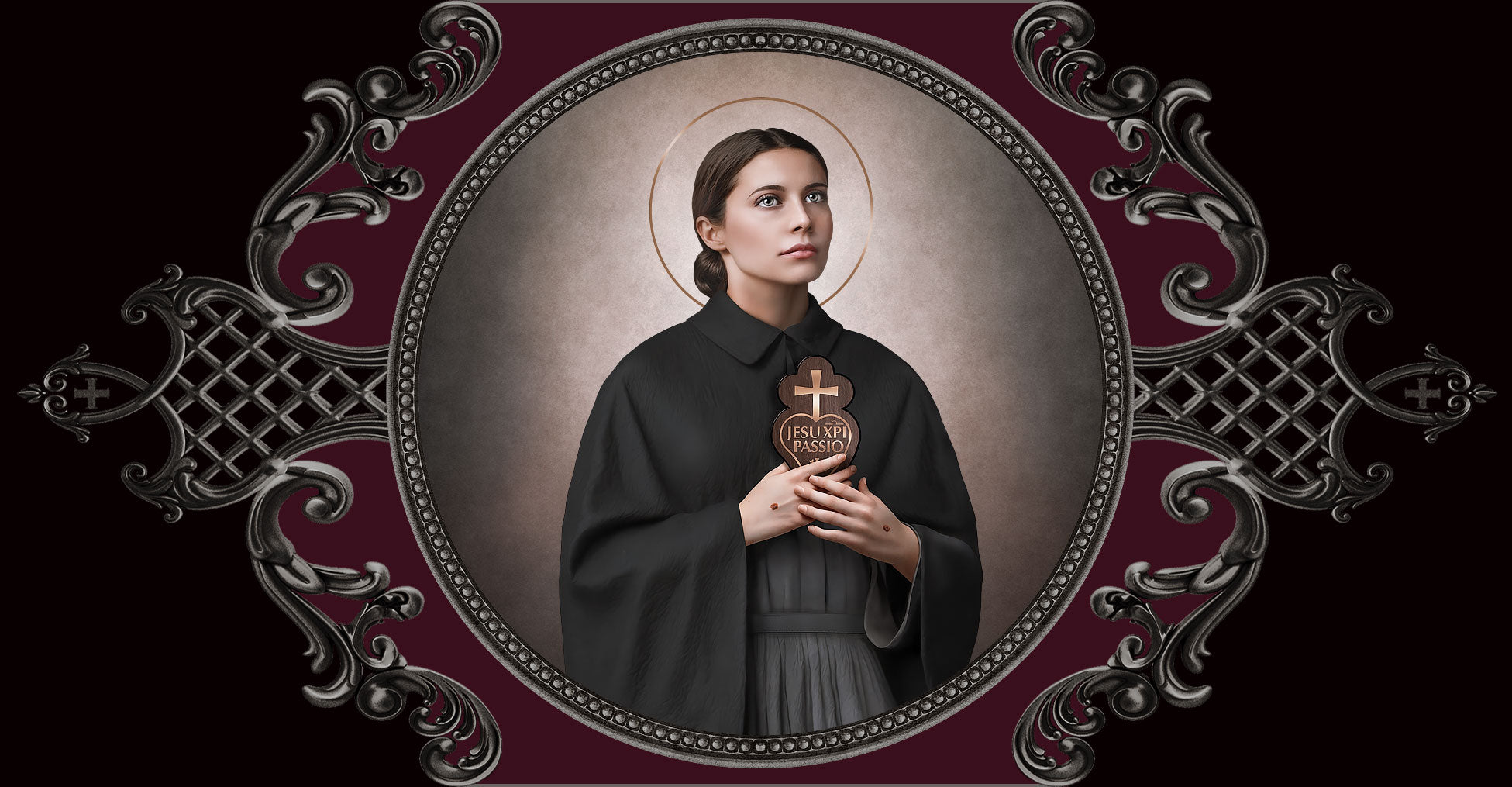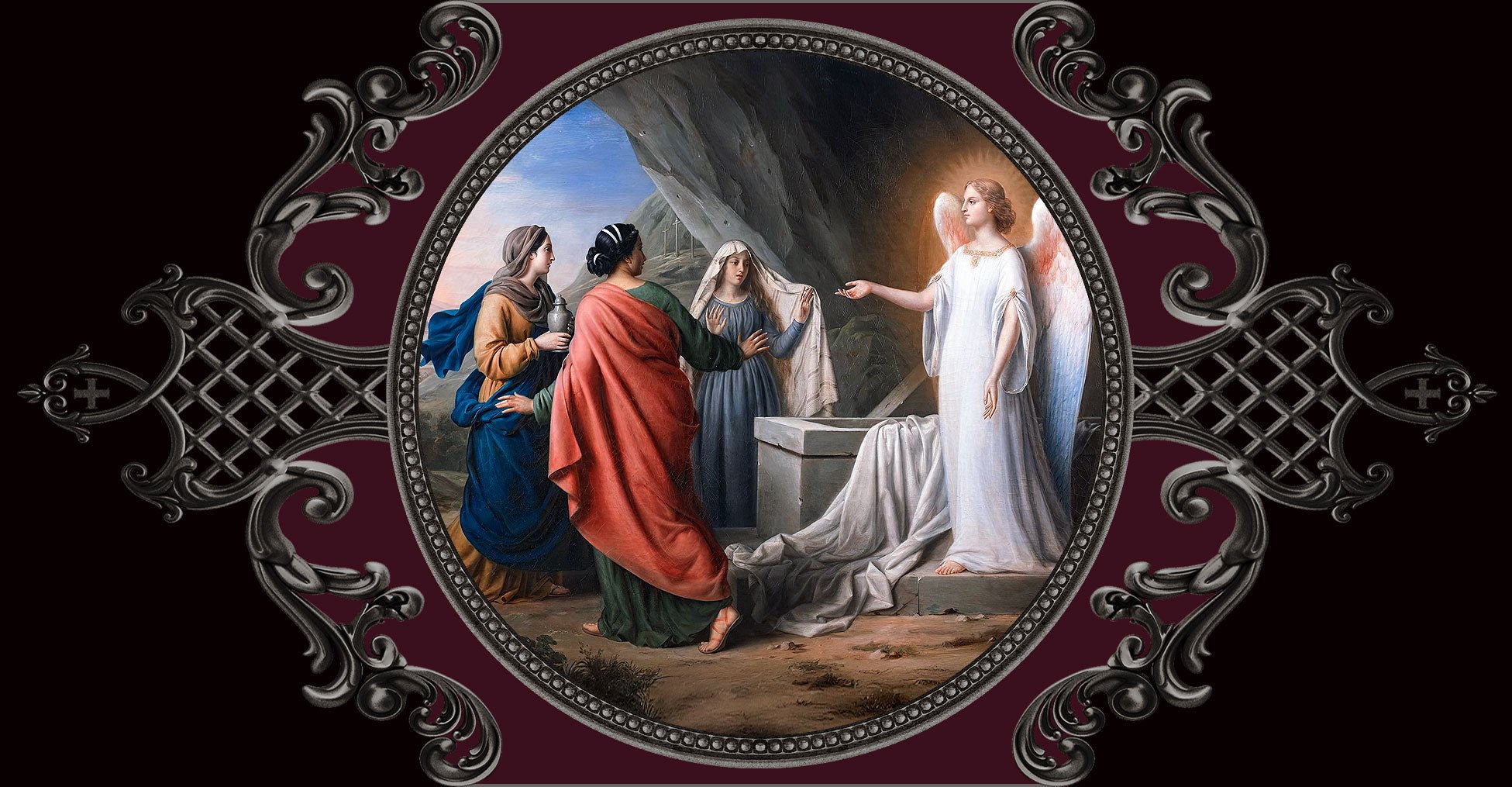
April 10 + Saint Ezekiel the Prophet
The Prophet Ezekiel is one of four major Old Testament prophets who lived before the birth of Christ. He was a priest and the son of the priest Buzi. Ezekiel was led off to Babylon when he was 25 years old together with King Jechoniah II and many other Jews during the second invasion of Jerusalem by the Babylonian King Nebuchadnessar.
Ezekiel lived in captivity by the River Chebar. When he was 30 years old, he had a vision of the future of the Hebrew nation and of all mankind. The prophet beheld a shining cloud with fire flashing continually and in the midst of the fire, gleaming bronze. He also saw four living creatures in the shape of men, but with four faces. Each had the face of a man in front, the face of a lion on the right, the face of an ox on the left, and the face of an eagle at the back. There was a wheel on the earth beside each creature and the rim of each wheel was full of eyes. Over the heads of the creatures there seemed to be a firmament, shining like crystal. Above the firmament was the likeness of a throne, like glittering sapphires in appearance. Above this throne was the likeness of a human form, and around Him was a rainbow.
According to the explanation of the Fathers of the Church, the human likeness upon the sapphire throne prefigures the Incarnation of the Son of God from the Most Holy Virgin Mary, who is the living Throne of God. The four creatures are symbols of the four Evangelists: a man (St. Matthew), a lion (St. Mark), an ox (St. Luke), and an eagle (St. John); the wheel with the many eyes is meant to suggest the sharing of light with all the nations of the earth.
During this vision the holy prophet fell down upon the ground out of fear, but the voice of God commanded him to get up. He was told that he was being called to preach to the nation of Israel. This was the beginning of Ezekiel’s prophetic service.
Ezekiel received from the God the gift of wonderworking. He, like the Prophet Moses, divided the waters of the River Chebar and the Hebrews crossed to the opposite shore escaping the pursuing Chaldeans. During a time of famine the prophet asked God for an increase of food for the hungry.
Ezekiel was condemned to execution because he denounced a certain Hebrew prince for idolatry. Bound to wild horses, he was torn to pieces. Pious Hebrews gathered up the torn body of the prophet and buried it upon Maur Field, in the tomb of Sim and Arthaxad, forefathers of Abraham, not far from Baghdad. The prophecy of Ezekiel is found in the book named for him, and is included in the Old Testament.



Leave a comment
This site is protected by hCaptcha and the hCaptcha Privacy Policy and Terms of Service apply.